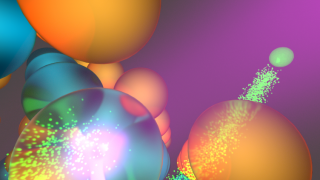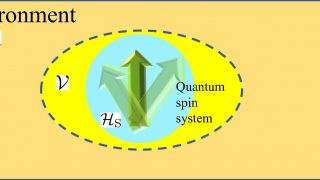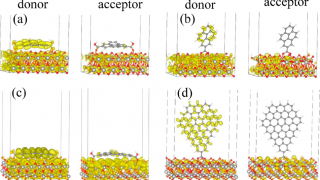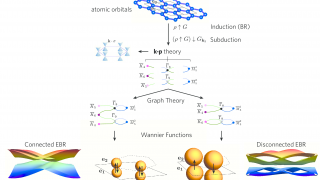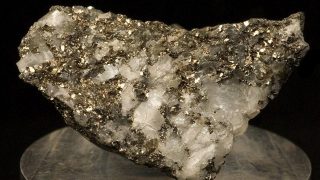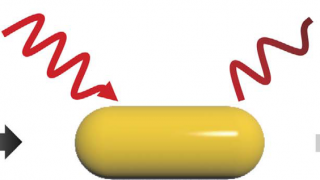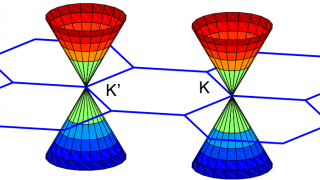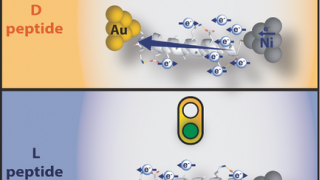
Validating the existence of a new phase of matter, the exciton condensate
According to how the electronic band theory is usually explained, solids can be classified as insulators, semiconductors, or metals. But, actually, there is another kind of solid between semiconductors and metals, the semimetals. In insulators and semiconductors the filled valence band is separated from an empty conduction band by a band gap, in metals there […]
